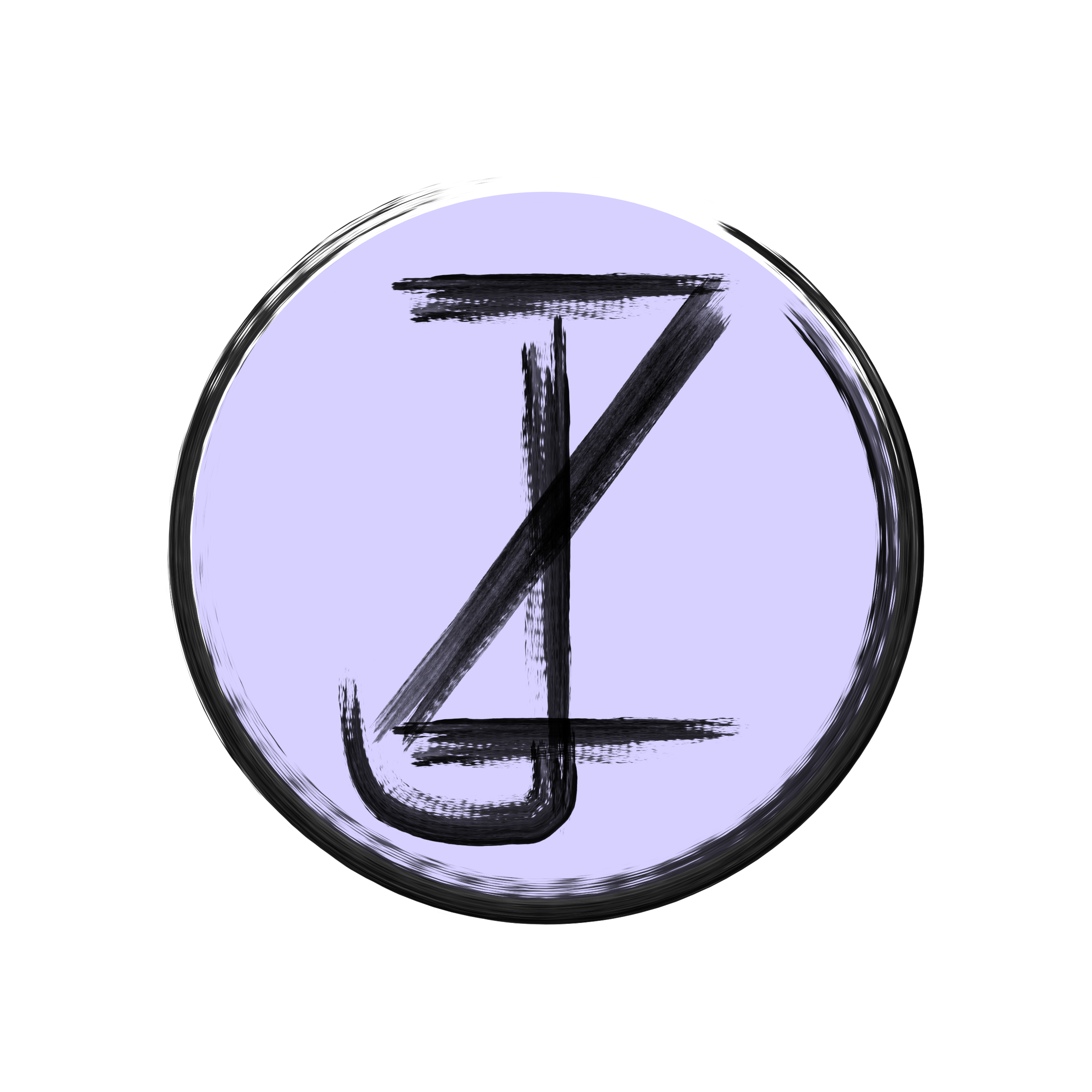Body Landmarks Detection
Body landmarks detection is a task in computer vision that involves identifying key points of interest on the body in an image or a sequence of images. These points, or “landmarks”, typically correspond to anatomically significant areas such as the corners of the eyes, the tip of the nose, or joints like elbows and knees.
Techniques for Body Landmarks Detection
Pose Estimation
Pose estimation involves predicting the position and orientation of a person (or multiple people) in an image. It can be categorized into 2D and 3D pose estimation.
- **2D Pose Estimation:** Predicts the position of body joints in 2D space (i.e., in the image).
- **3D Pose Estimation:** Predicts the position of body joints in 3D space.
Deep Learning Models
Deep learning models, particularly Convolutional Neural Networks (CNNs), have been widely used for body landmarks detection. Some popular models include:
- **OpenPose:** A real-time system to jointly detect human body, hand, facial, and foot keypoints on single images or videos.
- **PoseNet:** A machine learning model that allows for real-time human pose estimation in the browser.
- **DeepPose:** Proposed by Google, it was one of the first deep learning methods for pose estimation.
Applications of Body Landmarks Detection
- Healthcare: Body landmarks detection can be used in healthcare for patient monitoring, physical therapy, and fitness.
- Gaming and Virtual Reality: It can be used to track player movements and translate them into game controls.
- Security and Surveillance: It can be used to identify individuals based on their body shape and movement patterns.
- Human-Computer Interaction: It can be used to develop more natural ways for users to interact with computers.
Tools and Libraries for Body Landmarks Detection
- OpenCV: An open-source computer vision library that includes several hundreds of computer vision algorithms.
- TensorFlow: An end-to-end open-source platform for machine learning to build and train models.
- PyTorch: An open-source machine learning library based on the Torch library, used for applications such as computer vision and natural language processing.
- MediaPipe: A cross-platform framework for building multimodal applied machine learning pipelines that can process live video.
